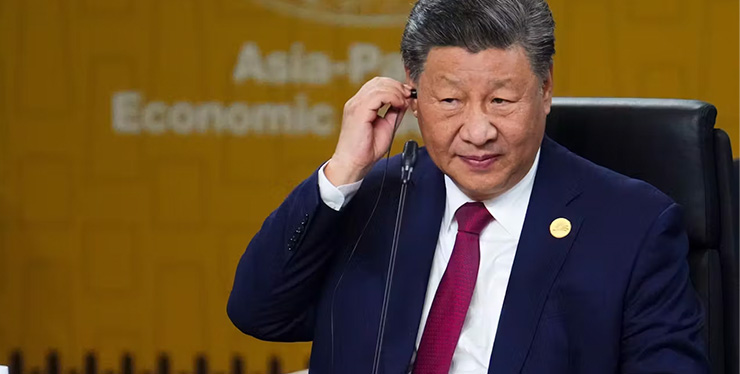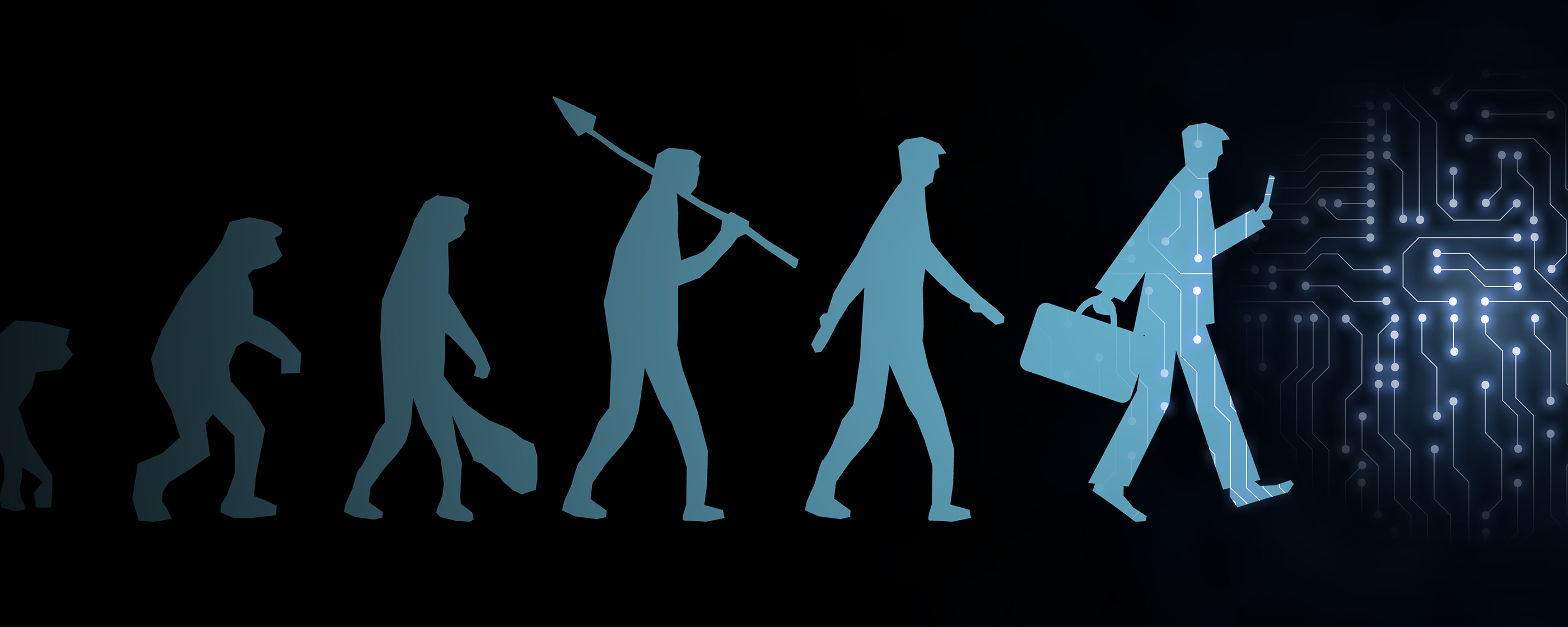
How diversifying its asset portfolio revitalized one company’s teams and business
When Mark Konyn joined AIA as Group Chief Investment Officer (CIO) in 2015, he had one priority: to ensure the group’s Investments function developed the muscularity to adapt continuously to both a dynamic investment market and rapidly changing business conditions while keeping pace with growth.
“We needed to change engines mid-flight without losing speed or altitude,” Konyn explained of the situation he and his team faced.
At the time, the industry was facing change: in the aftermath of the financial crisis of 2008, calls for increased transparency had resulted in the rollout of new regulations. Meanwhile, AIA had enjoyed a decade of high growth and had no intention of breaking its stride. However, to keep pace, it needed to diversify the asset portfolio and source new, more complex, assets – in some cases from third-party providers. In short, dynamic change, new capabilities and a refreshed, forward-looking mindset were demanded.
“I wanted to maintain the capabilities that were based on deep experience across the region. I didn’t want to come in and destroy anything that was already working well but rather to open a conversation and get my senior team thinking about some of these challenges. I wanted the team across the region to see things a little bit differently,” Konyn said.
Konyn prized his team’s rich and long-standing experience but he had to engineer a fundamental transformation within it. To deliver this, he teamed with the AIA’s own executive education facility, AIA Leadership Centre (ALC) and IMD.
Over an 18-month period, a series of workshops was planned for the top 35 leaders in AIA’s Investment function. With an emphasis firmly on a co-created program aimed at both ‘heart and mind’ to ensure the necessary cultural buy-in, the program enabled leaders to analyze and redesign its operating model and implement solutions with localized relevance across its 18 markets.
“We did not have traditional deliverables, but rather we had a commitment to the process of co-creation. What made this successful was working with people and processes that have a tolerance for ambiguity,” said Robert Hooijberg, Professor of Organizational Behavior, IMD.
When it came to content, the iterative approach meant there was no room for dogma. Each workshop was created to balance four elements that would initiate a change-maker mindset, collaborative solution building and reinforce team cohesion.
A four-stage process of co-created transformation
- Holding up the mirror. Facilitators invited participants to integrate external views of their function by presenting them with stakeholder interviews gathered from within and external toAIA.
“We thought we were [the best thing since] sliced bread, but the reality was we were not perceived that way. We could improve how we operate. This led to some soul searching,” said Anna Cheung, Head of Credit Research, AIA.
While the interviews led to some uncomfortable self-reflection, this created the required groundwork for necessary change and creative ownership of the group-wide trading-desk Centers of Excellence (trading-desk COE) to be launched two months later.
- Be willing to challenge and be challenged. Co-developing future-proof solutions involves healthy pressure – and this meant that open discussion was critical to the success of the program. When it came to developing prototypes for a new Target Operating Model (TOM) and the launch of the trading desk COE, design thinking was used to constructively challenge the approaches developed. Fears and objections were voiced and discussed, and as a result, commitment and buy-in for the transformation soared.
- Developing mindset and skills. A new organizational structure and new operating model requiredupskillingand ownership from all levels of the Investment function. The hierarchical form of management was replaced with a more agile and regionally responsive model, and this led to the creation of an enabling information sharing structure. Additionally, the CIOs’ roles changed to being more actively involved in running the business. The change in title to Business Chief Investment Officer (Business CIO) reflected this fundamental shift in mindset and responsibilities.
- Engaging the heart and the mind. Analytical sessions provided the rational case for change and workshops focused on trends around demographics, savings habits, risk profiles, regulations, asset portfolios, interest rate fluctuations and so on. For the heart, a more personal approach was needed. The transformation involved a certain level of discomfort, as roles and designations would change. To mitigate this, participants completed a suite of personal assessments that they explored in one-on-one sessions withIMDcoaches enabling a safe space for fears and hopes to be voiced.
Eighteen months into the transformation, change was afoot with a new overall Target Operating Model (TOM), 12 COEs and six shared service centers in operation across the Group. Active stock research coverage increased by 57% across the region to support robust investment performance and the transfer of US$50 billion assets to the new Group-wide trading-desk (a COE) led to a reduction of over US$6.9 million in annual trading costs.
And since then, the change mind-set is now firmly embedded across the Investment Function. The teams now implement Target Operating Model 3.0 (TOM 3.0), a further iteration to accelerate transformation built on their on-going learning process.
New business capabilities have also been launched alongside the consolidation of newly formed COEs. For example, the use of derivatives has been strengthened with enhanced capabilities. The function is now more closely involved in the front-line of the Group’s business regarding product development and business planning, and is far more proactive in incorporating investment views in the implementation of a dynamic approach to asset allocation. Crucially, the requisite culture shift has continued to be embed itself. This was something that Konyn saw taking effect from the final workshop.
“I was pleased to see the transformation had become owned by the whole team. Team members from different business units were sharing their solutions and actively helping other colleagues from other business units solve their issues,” he said.
Research Information & Knowledge Hub for additional information on IMD publications

As uncertainty grows, organizations must rethink how they navigate a volatile world. Rather than relying solely on scenario planning based on historical data, organizations could take a more proactive approach—imagining and shaping distant futures...

The colossal wave of downsizing in the last few years is dividing the workplace in two, between the leavers and the survivors. Business has traditionally emphasized the consequences of downsizing on the leavers, sometimes putting in place severanc...

This article examines four critical governance failures in boards: risk management, strategic oversight, executive and non-executive relationships, and integrity. It advocates for a shift in the role of boards from reactive oversight to proactive ...

Within days of Donald Trump’s election win in November 2024, China’s president Xi Jinping was at a ceremony opening a deep-water port in Peru as part of a “diplomatic blitz” through Latin America. Xi’s presence was a symbol of China’s rising influ...
Alex Reinhardt was brought in to turn around a renewable-energy company that had been on the verge of bankruptcy until the German government bailed it out. After he fainted from overwork and burnout and had to take a medical leave, the board appoi...
Research Information & Knowledge Hub for additional information on IMD publications
Research Information & Knowledge Hub for additional information on IMD publications
in Forbes.com 20 February 2025
Research Information & Knowledge Hub for additional information on IMD publications
Research Information & Knowledge Hub for additional information on IMD publications
Research Information & Knowledge Hub for additional information on IMD publications
Research Information & Knowledge Hub for additional information on IMD publications
in The Conversation 9 January 2025
Research Information & Knowledge Hub for additional information on IMD publications
in I by IMD
Research Information & Knowledge Hub for additional information on IMD publications
Research Information & Knowledge Hub for additional information on IMD publications
in Binder, Julia Katharina (Ed.); Haanaes, Knut Bjarne (Ed.) / Leading the sustainable business transformation: A playbook from IMD, pp. 225-232 / Hoboken: Wiley, 2025
Research Information & Knowledge Hub for additional information on IMD publications





